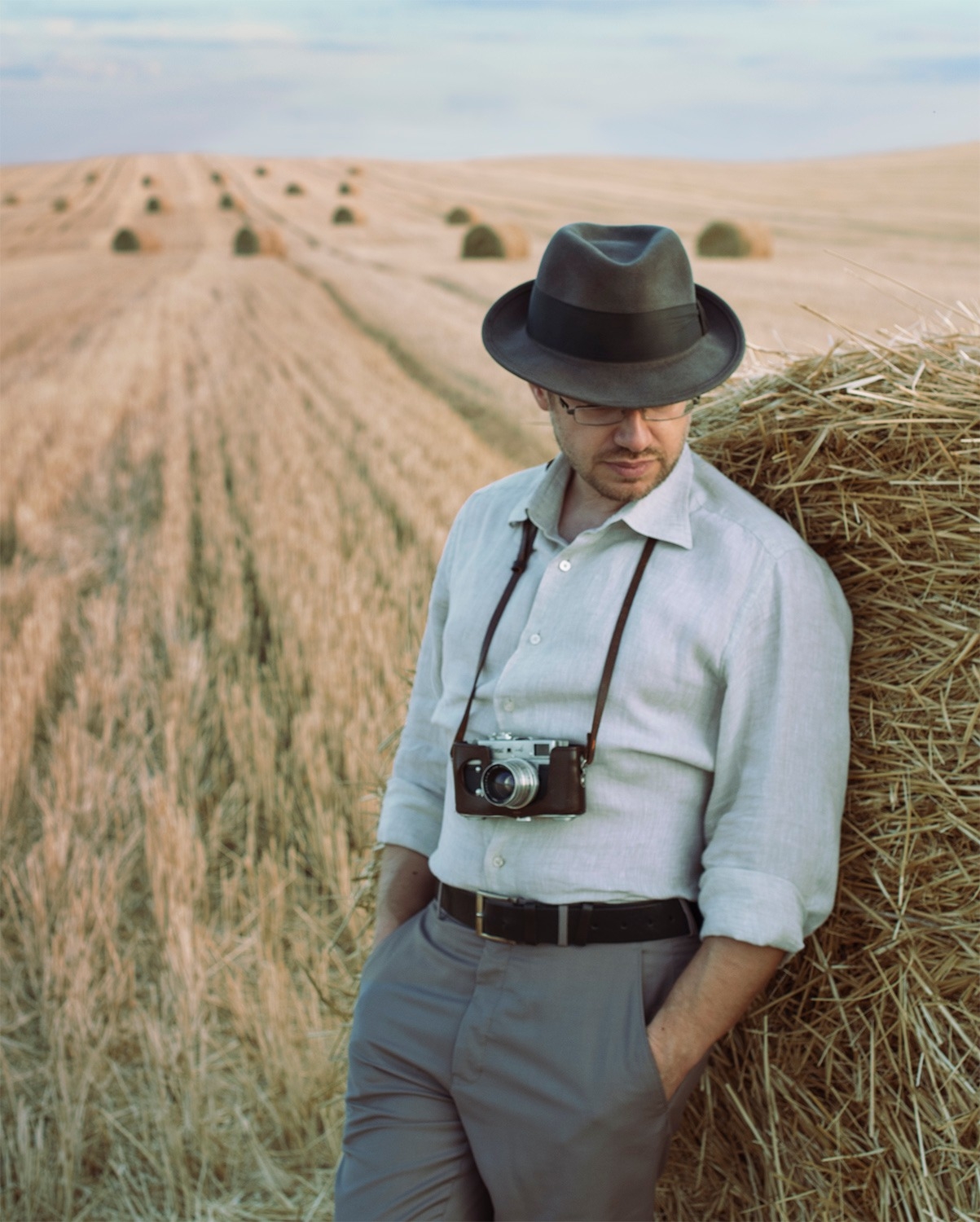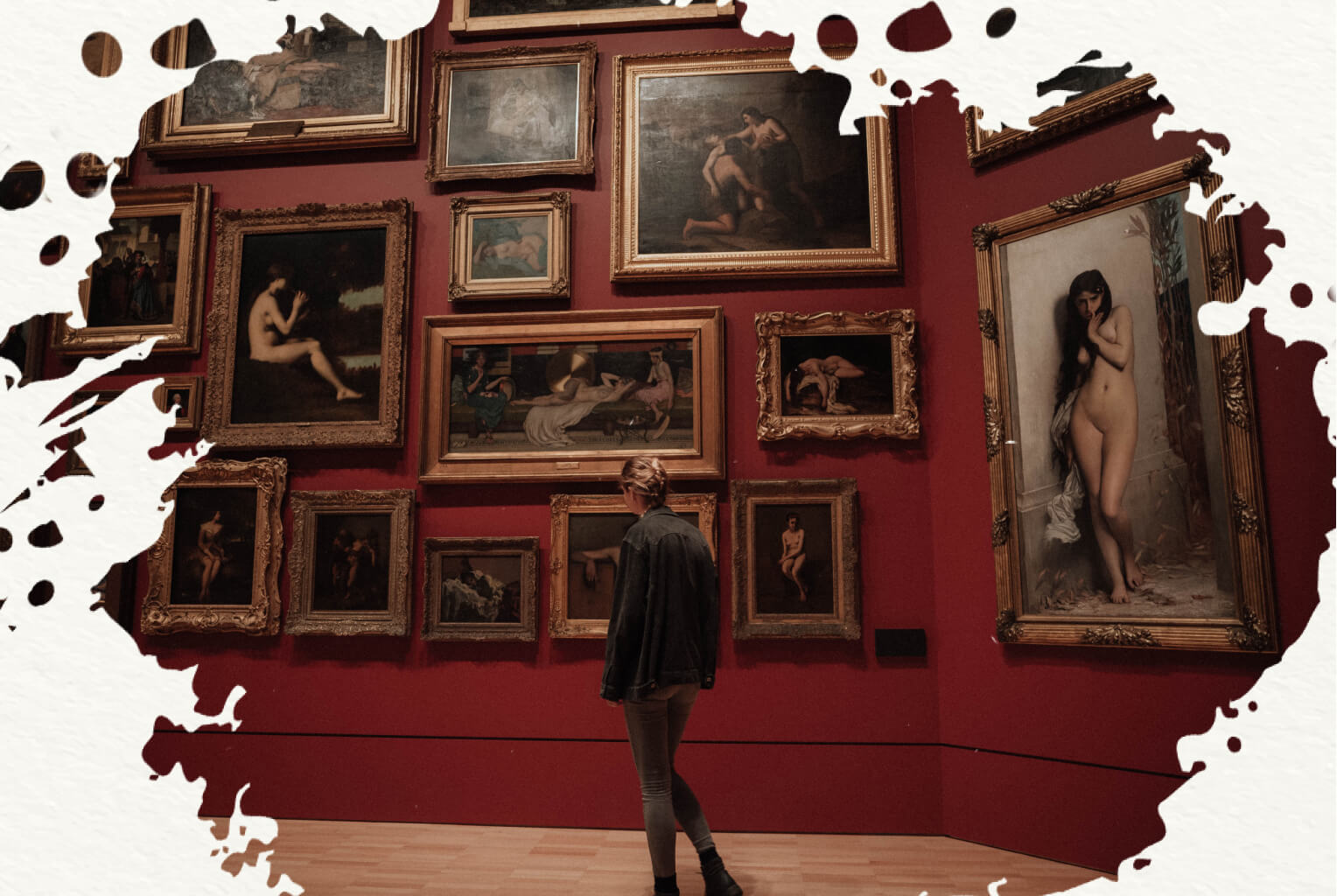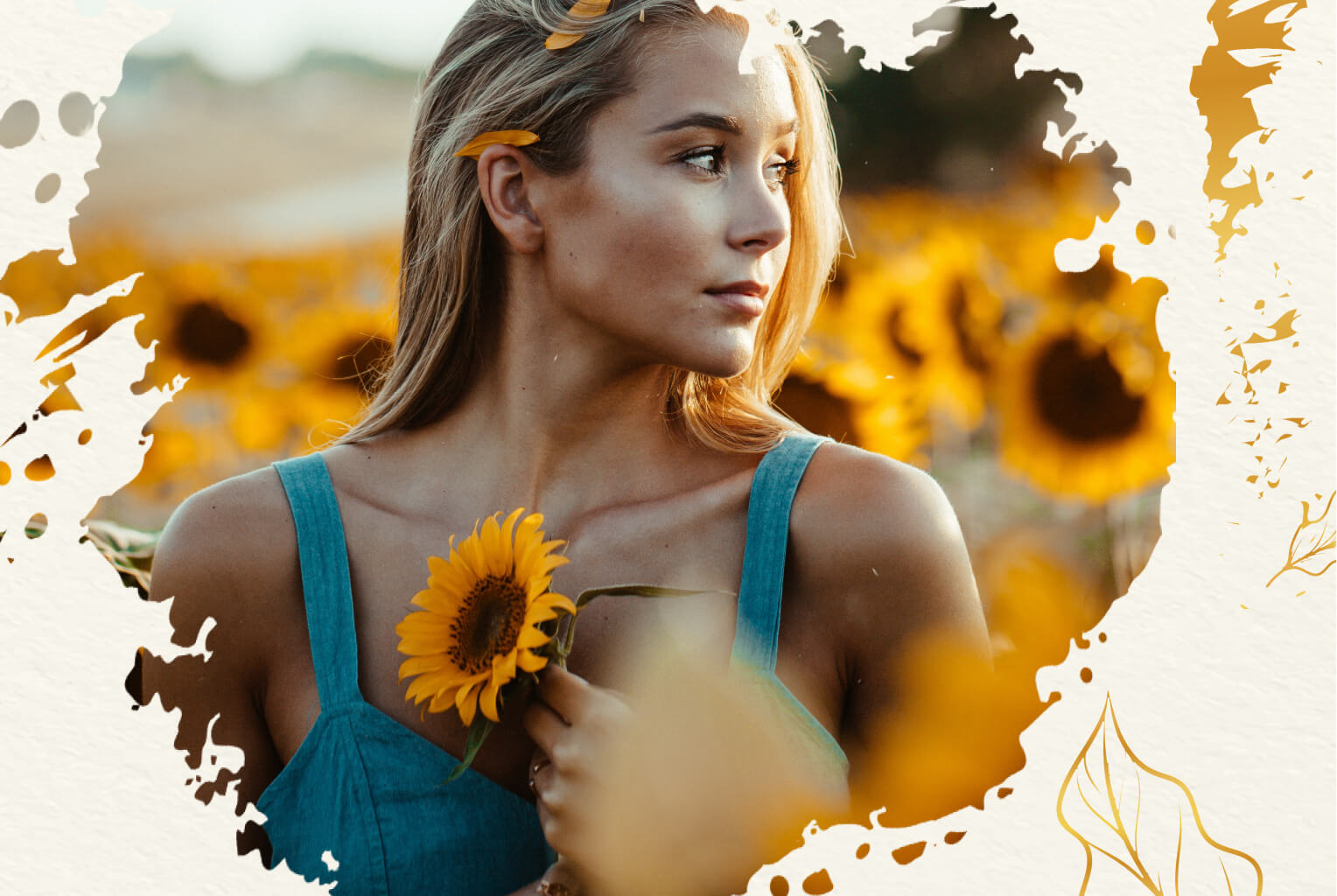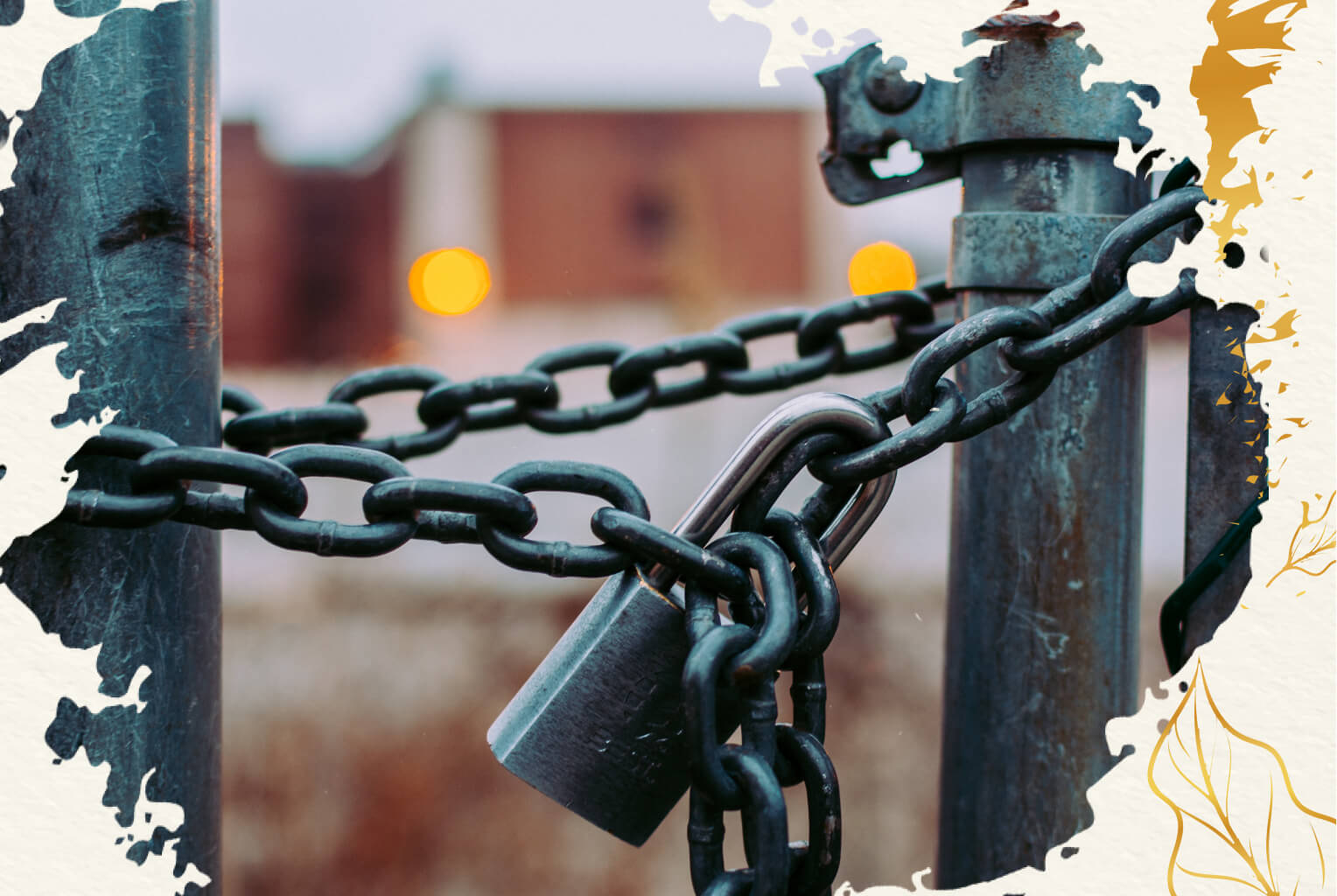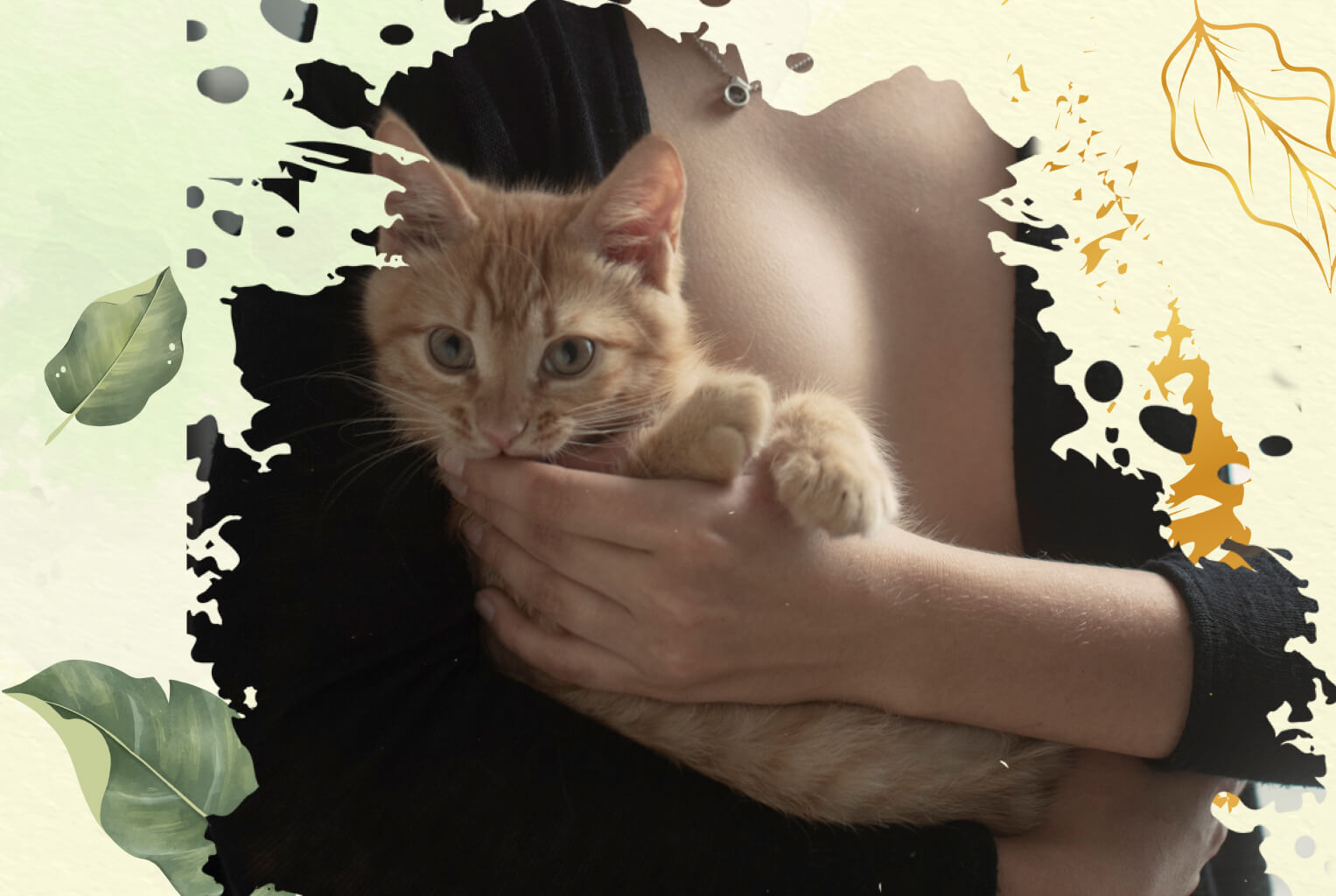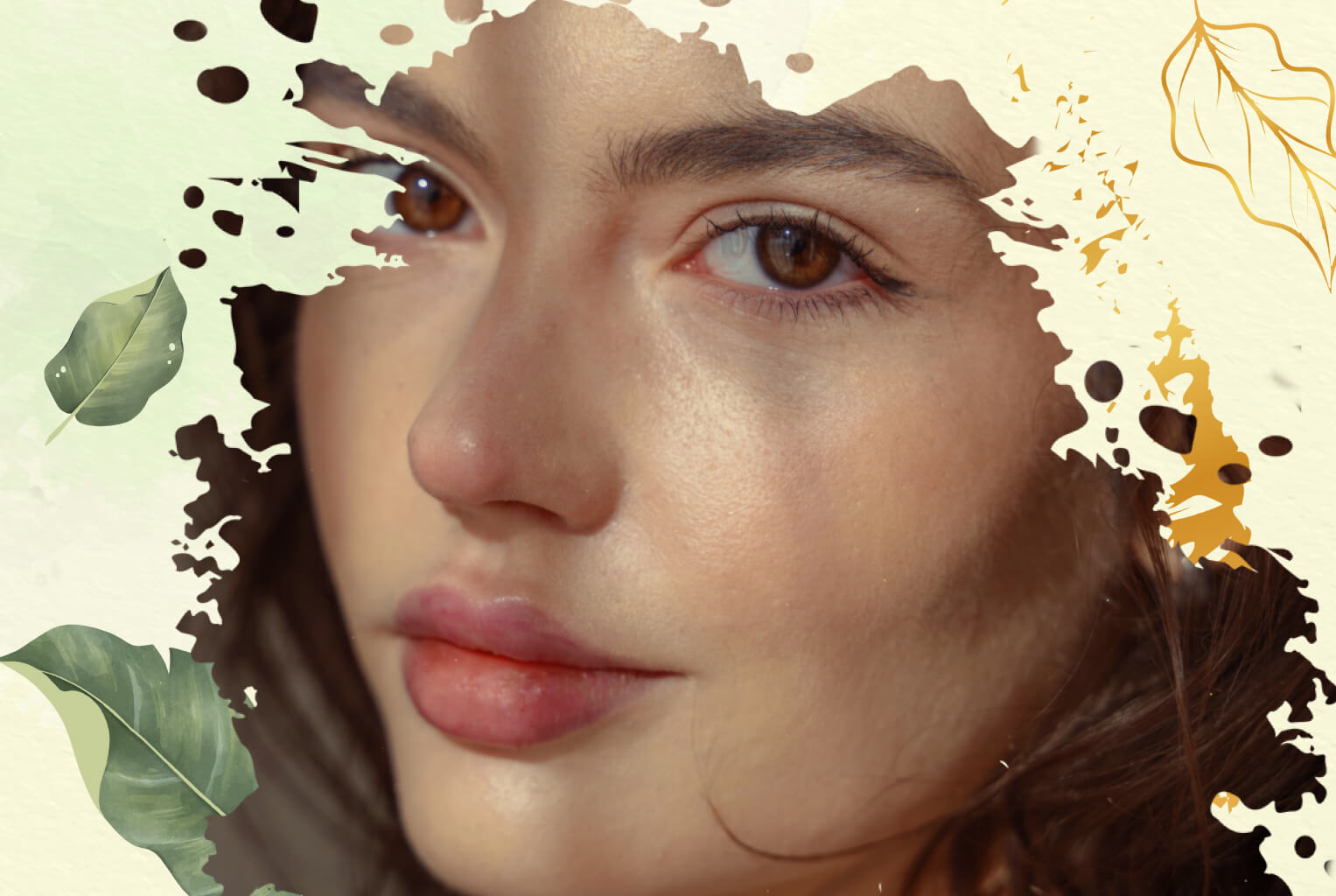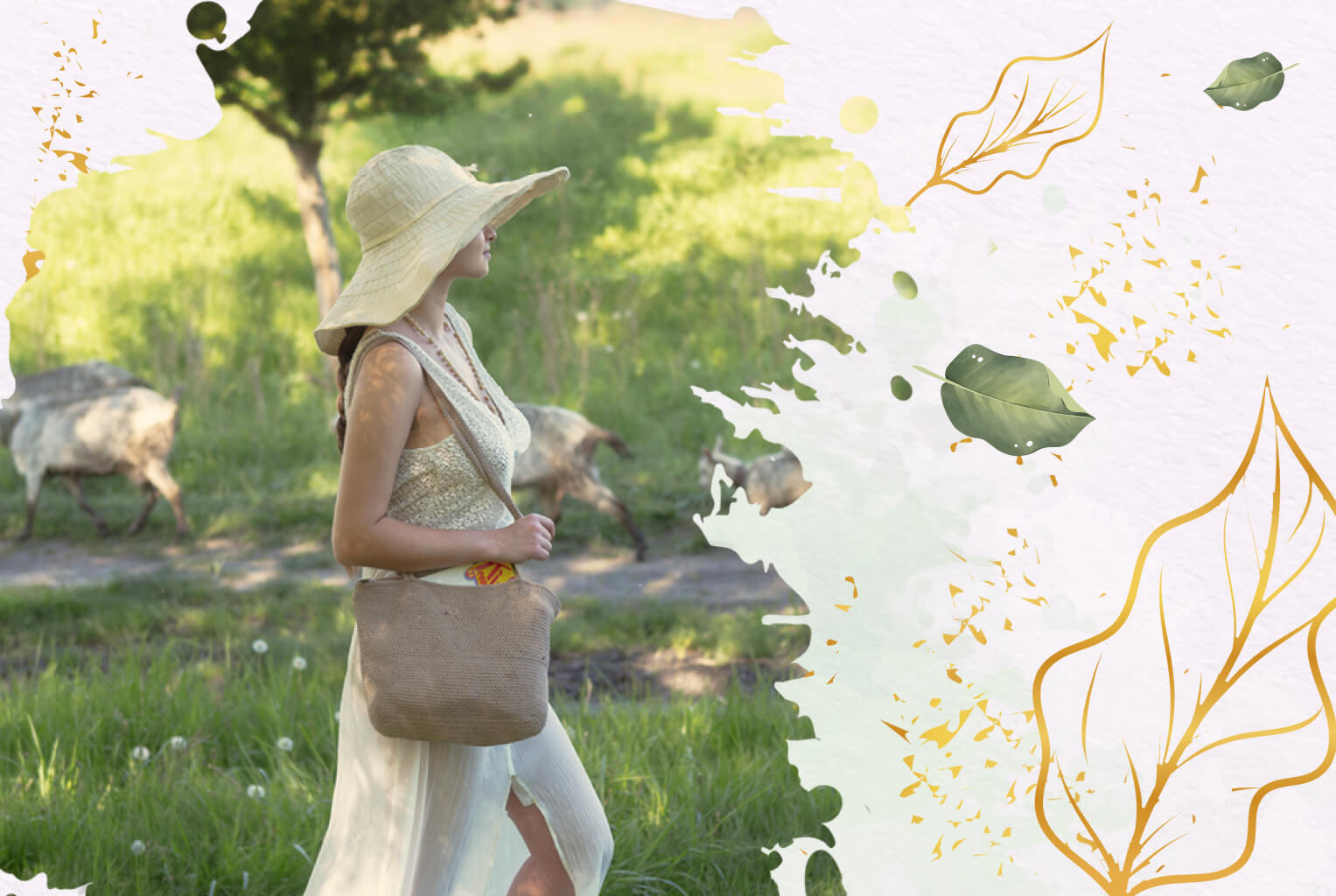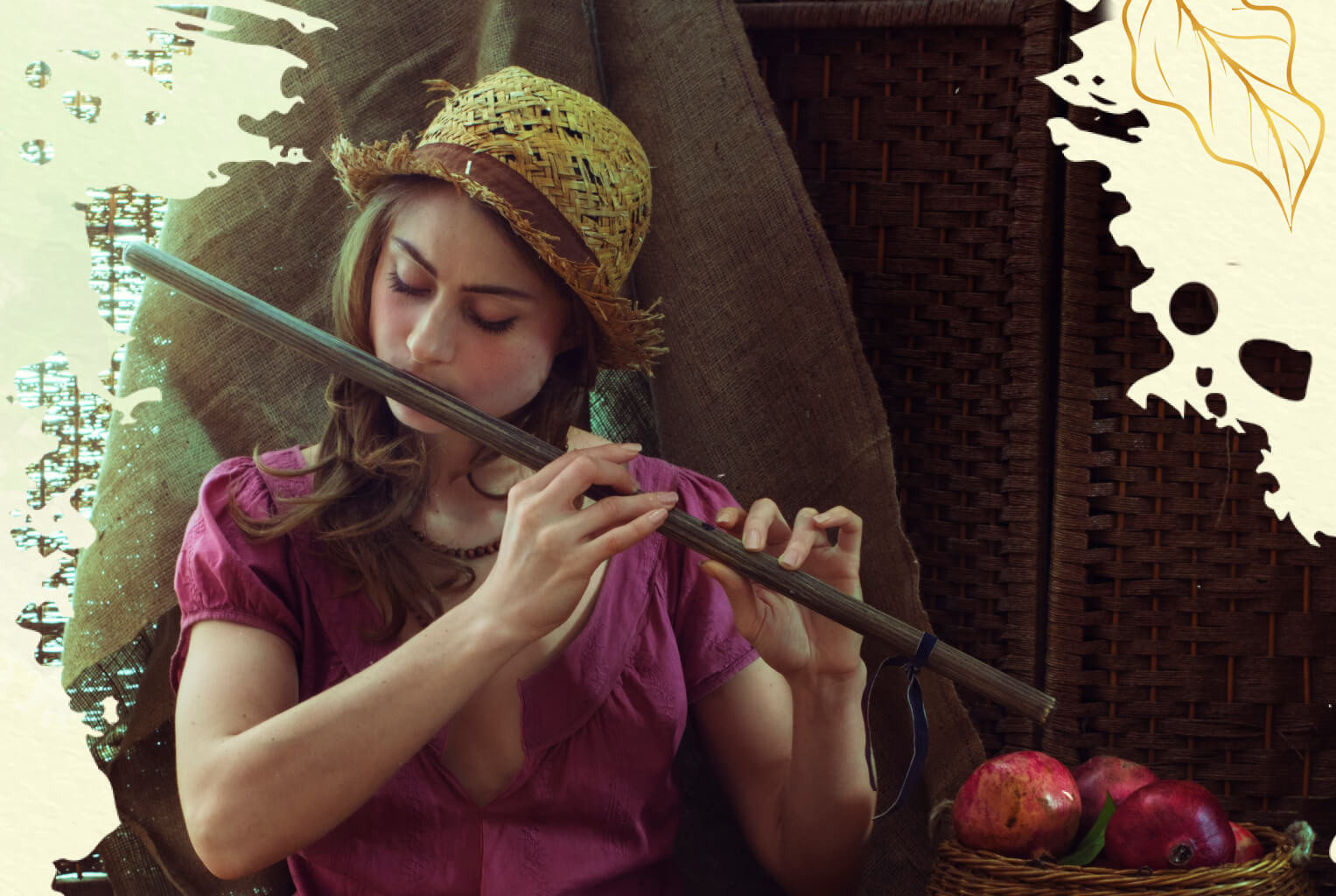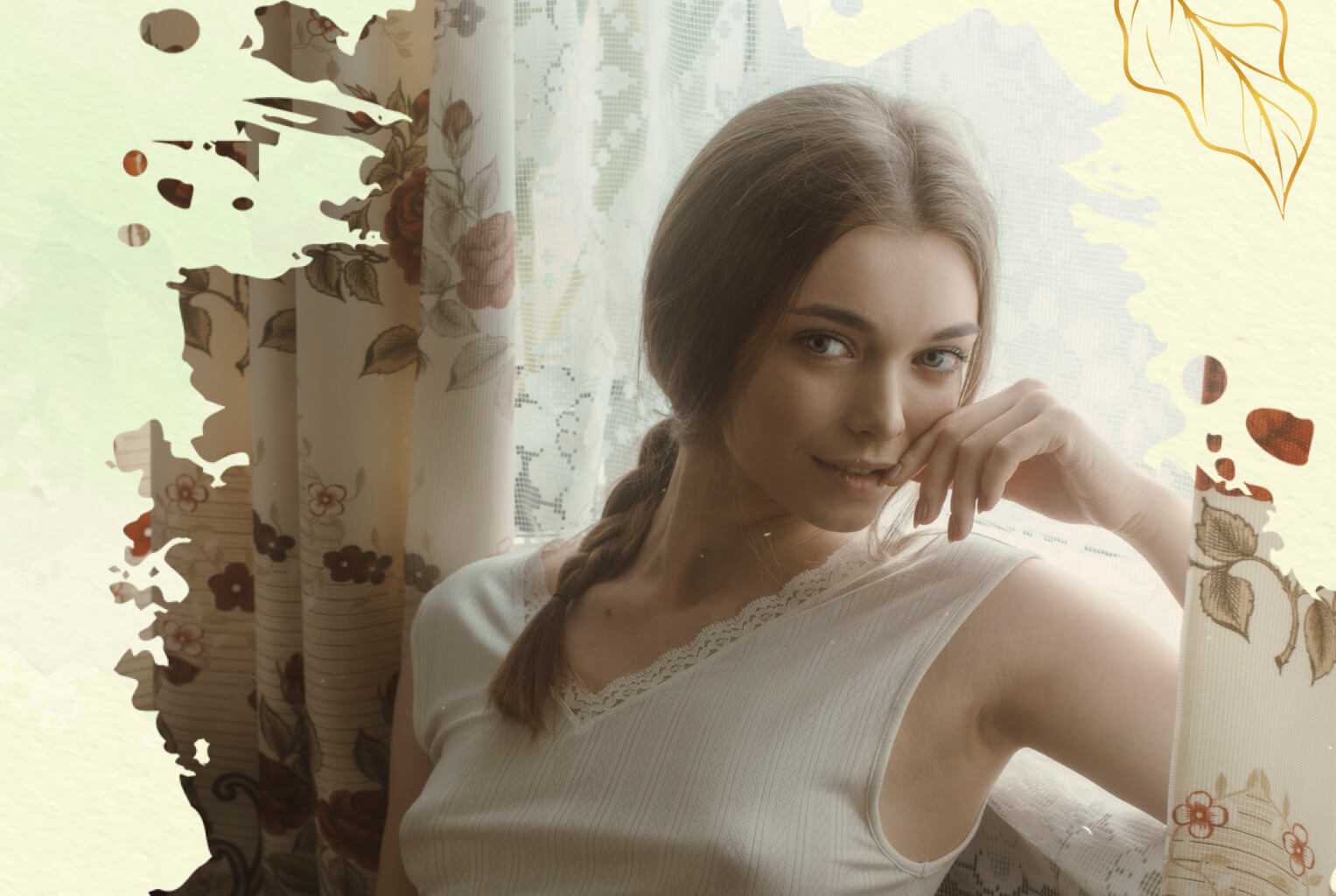
Portrait PhotographyFotografía de Retrato
Over the time of my artistic activity, I've been often making portraits. At first, this type of photography may look quite simple: you just have to place a person in front of the lens, choose a pose, set the light, focus a camera and take a shot.
Yet, portrait photography is not as simple as it may seem at first glance. It's important not only to reproduce the person's appearance, but also to reflect their inner world, express their nature through a peculiar pose, this or that facial expression or mood. In this case, we discover a number of unexpected skills a photographer should possess. They have to be a psychologist, possess a good sense of humor, be able to create the atmosphere and mood for the model.

My experience shows that seeing a camera lens often makes models feel restrained and unnatural. Hence, my priority task as a photographer is to relieve psychological stress so that the model doesn't respond to the camera with a still face and a forced smile. It's essential for the model to feel comfortable beside the photographer and the camera and not to be scared to reveal her emotions. She has to be herself, as this will make it possible to skillfully emphasize the beauty of her soul. Of course, these skills come with practice, and it will take you some time to establish trust and mutual understanding with the model.

Portrait photography is able to reveal the secret of a certain moment or, vice versa, to leave a puzzle. The viewer doesn't know the person in the photo, they're withdrawn from the process of filming, they only see the output. If the output is able to catch the viewer, it means that the portrait has something that stays in the memory, which I highly appreciate.
A lo largo de mi actividad artística, he realizado frecuentemente retratos. En un principio, este tipo de fotografía puede parecer bastante sencilla: sólo hay que colocar a una persona delante del objetivo, elegir una pose, ajustar la luz, enfocar una cámara y realizar una fotografía.
Sin embargo, la fotografía de retratos no es tan sencilla como parece a primera vista. Es importante no sólo reproducir la apariencia de la persona, sino también reflejar su mundo interior, expresar su naturaleza a través de una pose peculiar, tal o cual expresión facial o estado de ánimo. En este caso, descubrimos una serie de habilidades inesperadas que debería poseer un fotógrafo. Debe ser psicólogo, tener buen sentido del humor y ser capaz de crear la atmósfera y el estado de ánimo del modelo.

Mi experiencia muestra que ver la lente de una cámara a menudo hace que los modelos se sientan restringidos y antinaturales. Por eso, mi tarea prioritaria como fotógrafo es aliviar el estrés psicológico para que la modelo no responda a la cámara con la cara quieta y una sonrisa forzada. Es fundamental que la modelo se sienta cómoda al lado del fotógrafo y de la cámara y que no tenga miedo de revelar sus emociones. Tiene que ser ella misma, ya que esto permitirá resaltar hábilmente la belleza de su alma. Por supuesto, estas habilidades se obtienen con la práctica y le llevará algún tiempo establecer confianza y comprensión mutua con el modelo.

La fotografía de retrato es capaz de revelar el secreto de un momento determinado o, viceversa, dejar un enigma. El espectador no conoce a la persona de la foto, está apartado del proceso de filmación, sólo ve el resultado. Si el resultado es capaz de atrapar al espectador, significa que el retrato tiene algo que queda en la memoria, lo cual aprecio mucho.
Artistas
Información
Todos los derechos para el contenido gráfico completo y/o parcial (fotos, videos, ilustraciones), tramas/historias, materiales de texto individuales, archivos de audio/contenido de audio, el código de programa correspondiente, que se utilizaron y/o están siendo utilizados en la aplicación móvil "NYMF" y/o todos sus cambios originales, adiciones, modificaciones y también en los servicios https://dubnitskiy.com, https://nymf.com son el resultado de la creatividad individual y pertenecen a D.I. Dubnitskiy (bajo el seudónimo de David Dubnitskiy).
Aviso de Derechos de Autor.
